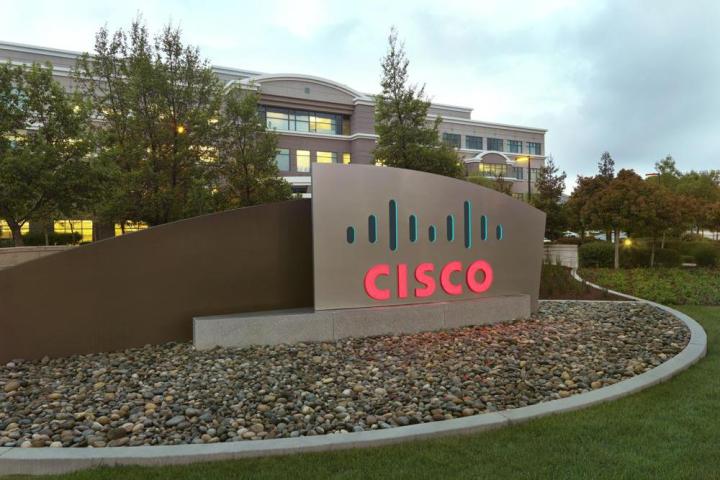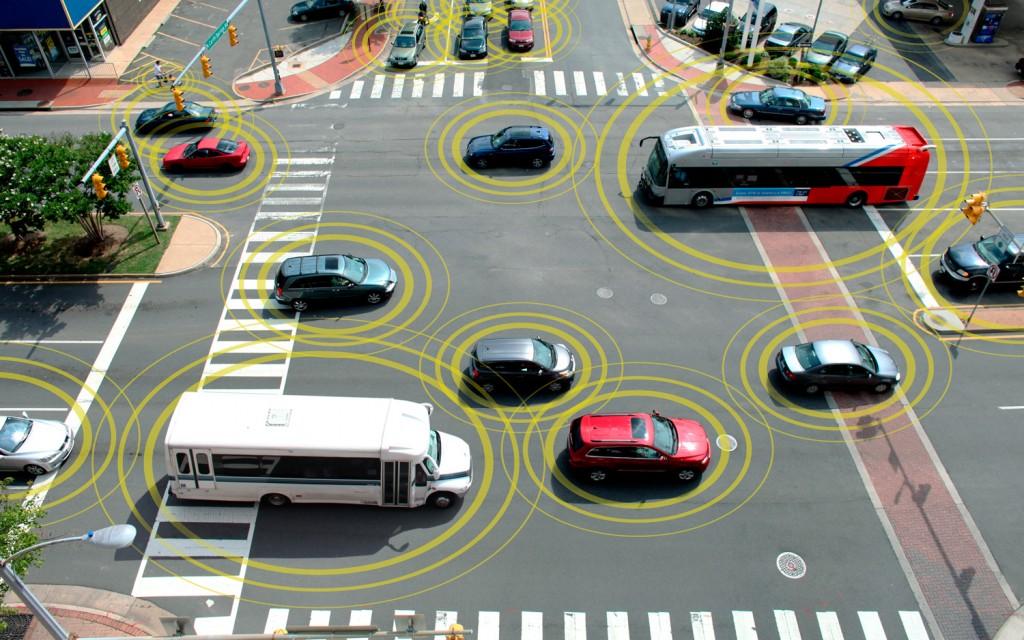
With so many infotainment networks onboard, cars are becoming wheeled wireless networks, and Cisco and Continental are looking to cash in.
The two companies will show a “proof-of-concept” connected car system at the Center for Automotive Research Management Briefing Seminars in Traverse City, Michigan. The car will have the ability to switch between different types of wireless networks depending on its location. What specific car will host the technology was not revealed.
With hardware from Continental and software from Cisco, the car can switch between 3G, 4G, WiFi, and Dedicated Short Range Communication (DSRC) on the go, depending on service quality and cost to the customer. While 3G and 4G cellular systems are well known to most people, the lesser-known DSRC system is part of the emerging vehicle-to-vehicle (V2V) technology system that allows cars to communicate with each other directly – and autonomously.
The network switching is made possible by a special router that sends signals first to a Cisco-managed “Connected Car Cloud,” which then relays information to whatever network appears optimal at the moment. Cisco and Continental claim 30 to 50 percent faster network speeds using this setup.

Shuffling networks may seem like a hassle, but the proof-of-concept car’s system does everything automatically and, Cisco claims, without interrupting back seat games of Angry Birds or attempts to destabilize the world economy.
The car’s software evaluates the quality of service based on real-time and historical data. Customers can also choose a preferred “best router.”
At the same time, Cisco and Continental say the in-car network will be just as secure as anything in a home or office. Security features include a firewall separating the car from the cloud, and anti-hacker defenses built into both the onboard network and the cloud. Sounds great, but after working on some recent stories about hacking mobile systems, we’ll reserve praise for now.
“By cooperating with Cisco, we can combine their expertise in software and network knowledge, with our know-how in automotive hardware, embedded software, and systems integration in order to create solutions for the connected vehicle of the future,” Ralf Lenninger, head of innovation and strategy at Continental’s Interior Division, said in a statement.
Why go through all of the trouble of turning a car into a full-blown wireless network? As customers start to think of their cars as connected mobile devices as well as modes of transportation, they may start making the same demands of their Mercedes as they do of their iPhone.
That means not getting dropped data streams while on the move (the days of losing a radio station could be over!) and having the same security one expects of a stationary computer. For now, the Cisco-Continental system is just a concept, but if it ever does make it into production, it will probably find more than a few takers.
Updated: A previous version of this article stated that the Cisco Connected Car Cloud was the sole way for vehicles equipped with the Cisco-Continental system to connect to networks. The companies will in fact allow carmakers to choose other vendors to host their clouds.
What do you think of this communication ability in cars? Good or bad? What features would you like to see? Leave a comment.


